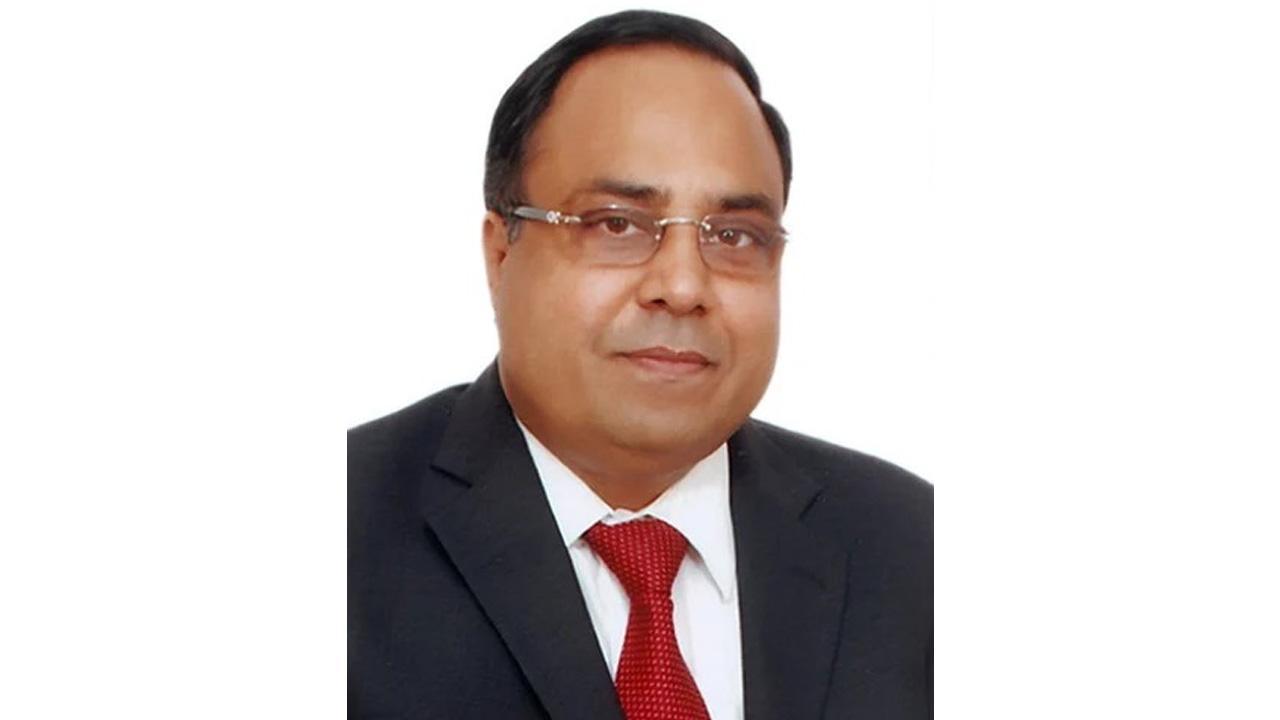Overall, India’s digital payment infrastructure has been dramatically improved due to Covid. As a result, the penetration of digital payments has increased, and people are more comfortable with digital transactions than before. However, the usage between urban and rural use usage is enormous.

The Indian Government had been propagating digital payments for some time, and lo and behold! Covid managed to catapult this initiative to great heights! With the increase in the usage of smartphones and the penetration of the internet, this was a long-due change waiting to happen. However, it was amazing to witness how seamlessly Indians, not only millennials but the older generations also, supported and welcomed the change.
ADVERTISEMENT
Covid led to an increase in digital payments in India as people were advised to avoid cash transactions to reduce the spread of the virus. As people were quarantined at home, the virus thwarted their spending, leading to people quickly hopping into digital mode. Even after the quarantine was lifted, people understood the ease of digital transactions and openly welcomed this shift.
The Government has also implemented several measures to promote digital payments, including waving off Merchant Discount Rates (MDR) on digital transactions and providing incentives for using digital methods of payments. “Covid has greatly accelerated the popularity of digital payments and cashless transactions; it is great to see the people of India adapting so well to the change,” states Alok Kumar Agarwal of Alankit.
According to a report by the RBI, digital payments in India saw a significant increase during the pandemic, with UPI transactions alone crossing 1.49 billion in December 2020, a growth of 66percentageYoY. The report also states that the number of transactions through mobile wallets and prepaid payment instruments saw a multifold surge during the pandemic. This colossal shift was not only seen in India but globally as well.
“The future seems bright for digital payment and the entire Fintech industry. Banking has been made easy and straightforward with the use of apps”, states Alok Kumar Agarwal Alankit. As a result, the sector has competently been able to disrupt traditional financial methods of dealing with money.
Overall, India’s digital payment infrastructure has been dramatically improved due to Covid. As a result, the penetration of digital payments has increased, and people are more comfortable with digital transactions than before. However, the usage between urban and rural use usage is enormous.
According to a study by the Internet and Mobile Association of India, there are only 16 percentage of digital payment users in rural areas of those who access the internet. So, even though the number is not impressive, we hope to see a rise in the percentage with time.
The Government has been encouraging more people to use digital payments by offering incentives and subsidies. “The push from the Government for digital payments and the kind of efforts being put in by the Government is truly commendable. At this rate, India will be able to move towards digitalisation seamlessly,” says Alok Kumar Agarwal Alankit.
Today every vegetable vendor and every small or big business uses some or other app for digital payments. We don’t pay money; we GPay or PayTM the money. Gone are the days when we used to check our wallets before leaving home; today, we just need to have our phone are we are sorted!
 Subscribe today by clicking the link and stay updated with the latest news!" Click here!
Subscribe today by clicking the link and stay updated with the latest news!" Click here!







